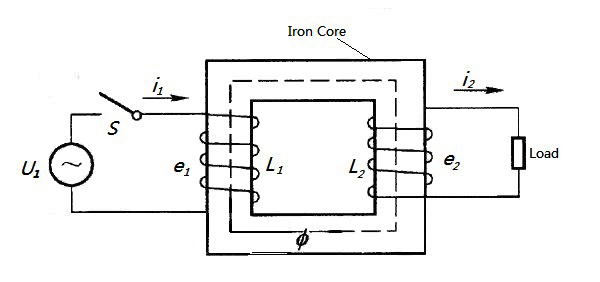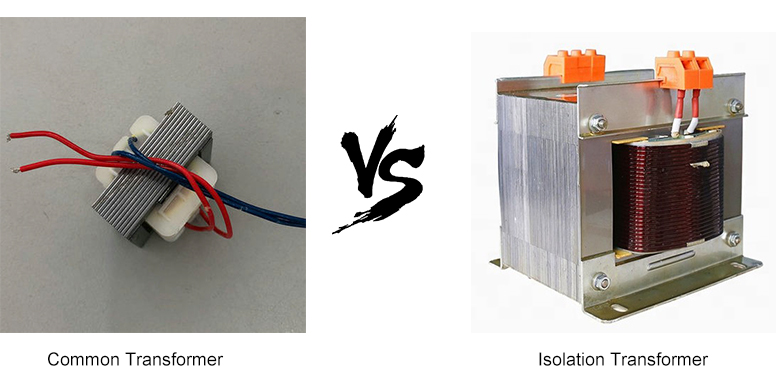Difference between Isolation and Regular Transformer
As a relatively safe transformer in the power industry, isolation transformer has been widely used in electronic industry or industrial and mining enterprises, machine tools and mechanical equipment in general circuit control power supply, safety lighting and indicator power. Due to its excellent product performance, isolation transformer has been used in more fields and scope, and may gradually replace the ordinary transformer. What's the difference? The following is a simple analysis of the main differences between the isolation transformer and the ordinary transformer.
The Same Working Principle
The principle of isolation transformer is the same as that of ordinary transformer, which adopts the principle of electromagnetic induction. Isolation transformer is the 1:1 transformer commonly. Because the secondary coil is not connected to the ground and there is no potential difference between any secondary line and the ground, so it’s safe to use isolation often used as a maintenance power supply.

Different Major Tasks
They have different priorities and goals. Changing the voltage in accordance with the demand and output is the main objective of the ordinary transformer. According to its function goal, the ordinary transformer can be divided into step-down transformer and step-up transformer. Some of the transformer's primary side and the secondary side of the voltage is not isolated, but the ordinary transformer is biased to change the voltage, unable to isolate the voltage.
Different from the normal transformer, isolation transformer’s the primary task is to isolate voltage. For the isolation transformer, the insulation of the primary and secondary coil material is the primary concern. In addition, the isolation transformer is provided with an isolation layer between the cut point and the secondary line. This isolation layer, connected to the primary ground terminal, has an critical effect on isolating impurities. Hence, isolation transformers have great advantages in isolation of impurities and maintenance of equipment. Compared with the ordinary transformer, the isolation transformer is more emphasis on isolation voltage security.

Different Definitions
Isolation transformer refers to the primary and secondary coils are separated on the DC circuit. Normal transformer refers to the transformer used for machine tools, equipment control lines, generally turning high voltage into low voltage.
Different Uses
Isolation transformer is mainly to isolate the power supply and load to make no direct electrical connection between the two sides, generally used in low-pressure instruments and experiments. In accordance with the needed voltage and current of the electrical equipment, the common transformer controls them in a required range.
As a kind of transformer with high safety performance, isolation transformer has the advantages of strong stability and high resistance, not only to protect the safety of the equipment, but also to protect the personal safety of users. It’s currently used for the purification of the precision instrument system maintenance, maintenance, to prevent lightning, anti-interference, stable electricity, etc., and many manufacturers pay more and more attention to isolation transformer production, also gradually to focus on the lower noise, lower energy consumption, improve efficiency, more environmental protection, etc,. More and more isolation transformers with excellent performance will be produced in the future.

